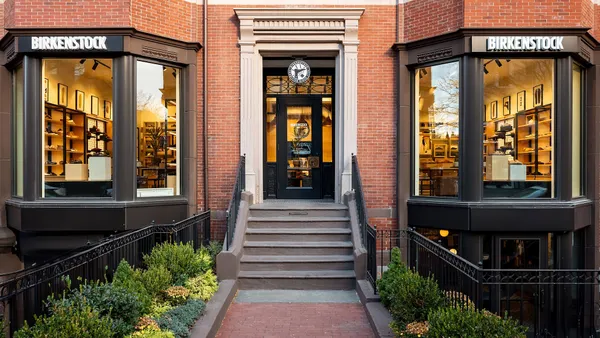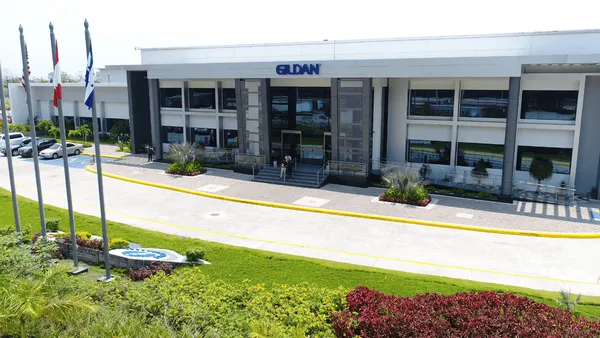Dive Brief:
- A participant in Sears Holdings’ employee 401(k) plan has filed a class action suit against the company for holding its stock in the retirement plan. The suit, filed on July 14, alleges Sears breached its fiduciary duties under law by ignoring the dismal financial performance of Sears and its stock in recent years while keeping it in the plan. A Sears spokesperson declined to comment to Retail Dive on the suit.
- “Drowning in insurmountable debt for years and with its main source of income — retail — suffering as a result of its failure to keep up with the competition and move towards online sales, Sears faces inevitable bankruptcy,” according to the complaint — brought by Robert Catalfamo, who was an employee during the class action period. The suit seeks as damages money lost to the plan as a result of holding Sears stock, losses of which cost the plan $4.5 million in 2014 and nearly $13 million in 2015, according to the complaint.
- The suit points to Sears’ $10.2 billion dollar loss to shareholders since 2010, which the plaintiff claims made Sears stock an “imprudent” choice for the employee retirement plan. The complaint cites a three-year-old Supreme Court ruling that company 401(k) plan managers must under law “independently determine whether company stock remains a prudent investment option,” and that this duty supersedes retirement plan policy to hold a company’s stock.
Dive Insight:
Sears is not the first stumbling company to be sued for holding its depressed stock in its retirement plan. Arch Coal, for example, was sued by a former employee in 2015 on similar grounds as that company’s stock plummeted along with the coal market. While it may be par for the course for companies in financial straits, the suit highlights Sears’ retail problems and adds insult to injury, regardless of the court outcome.
The complaint does not mince words about Sears' business performance, and it lists the many documented issues Sears has faced in recent years as proof that the stock was an improper choice for an investment fiduciary. Among those issues are “drastic changes in the retail industry, which Sears failed to adapt to compromised Sears’s financial health, and regularly forced Sears to divest its most valuable assets in order to pay operating and interest expenses so that it could continue losing money,” as well as “secular shifts in the retail industry [that] rendered Sears highly unlikely to survive in the near-term or long-term.”
For now it’s hard to see how and when Sears’ woes will end. While the company in May managed to eke out a quarterly profit for the first time in recent memory, and has begun testing a new store format, the once-great department store retailer is still closing stores and laying off employees by the hundreds.
Sears this year warned it might not be able to survive as a going concern. This followed years of layoffs, store closures, asset sales, operating losses, sales declines and criticism from some corners of CEO Eddie Lampert's retail acumen.
The company shocked the retail world this year when it announced the sale of its popular Craftsman brand to Black and Decker for $900 million. This year the company made other moves to shore up its balance sheet, including 270 store closures, 530 layoffs and agreements to restructure some debt and pension obligations. The moves will save millions in annual costs, but analysts still see long-term liquidity constraints for Sears. Fitch Ratings and Moody’s still give the company a C-grade bond rating, and Fitch analysts see significant risk that Sears could need to restructure in the next year or two.













